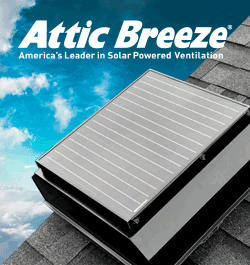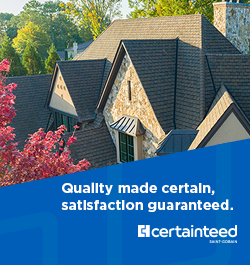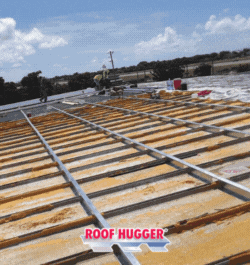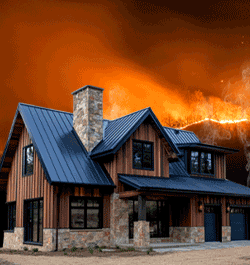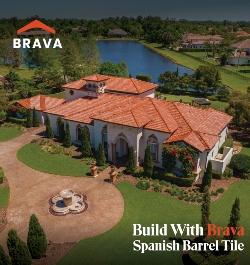Weird Chimney Leak Only Happens During Sideways Rain
« Back To Roofers TalkHey everyone,
I’m dealing with one of those frustrating problems that only shows up under specific conditions. On this 1920s bungalow I’m working on, the chimney flashing leaks, but only during heavy wind-driven rain when the precipitation is coming in sideways. During normal rainfall, even heavy downpours, it stays completely dry.
The chimney itself is in good shape - the brick was recently repointed and looks solid. The flashing appears to be installed correctly (lead counter with copper step flashing), but somehow when the wind picks up and the rain starts coming in at an angle, water finds its way in.
A mason who looked at it mentioned that the texture of the older brick might be redirecting water in unexpected ways under these conditions. He proposed grinding a drip edge into the brick, but I’m hesitant to modify the original material on such an old home.
Has anyone encountered this specific issue before? I’m especially curious if any of you who’ve worked on these classic Chicago bungalows have found solutions that preserve the historic integrity while solving the leak.
Thanks in advance for sharing your experience!
You can use the solution of using waterproof glue or special sealant to protect the tile joints without affecting the aesthetics of the tile surface.
I’ve come across a similar issue on a historic home in Gilbert where wind-driven rain would sneak past otherwise solid flashing. In that case, we added a discreet rain diverter just above the flashing line to redirect water without altering the original brick. Might be worth exploring something reversible like that before grinding into historic material.
Your builder isn’t wrong: a discreet drip cut can go a long way, especially on older brick that’s textured or porous and water-absorbent. But you’re right to be hesitant. If you go that route, make sure it’s shallow and reversible, and consider consulting a preservation architect if the house is historically significant.
-orderuncommon
Learn more https://www.rooferscoffeeshop.com/post/provide-homeowners-with-your-financing-options-instantly
Your builder isn’t wrong: a discreet drip cut can go a long way, especially on older brick that’s textured or porous and water-absorbent. But you’re right to be hesitant. If you go that route, make sure it’s shallow and reversible, and consider consulting a preservation architect if the house is historically significant

